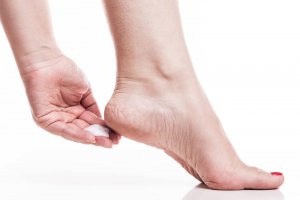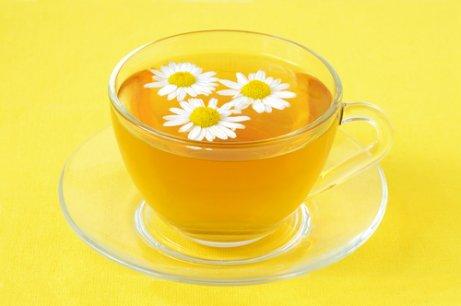Seven Home Remedies to Remove Foot Calluses

Our toes and heels are under daily pressure and the constant friction of socks and shoes. This makes the skin harden and causes foot calluses.
In this article, we’ll give you some tips on how to get rid of them.
Home Remedies to Remove Foot Calluses
Below, we share how to remove foot calluses with different inexpensive and easy-to-make remedies in the comfort of your home:
1. Use Aspirin
- Add six previously crushed aspirin tablets to a container with a tablespoon of lemon juice and water.
- Stir the ingredients well until you get a homogeneous mixture to apply on your calluses.
- Then, cover the area with a towel.
- Thirty minutes later, rinse your feet with warm water and remove the dead skin with a nail file or pumice stone.
- Finally, dry your feet well.
- We recommend repeating this procedure twice a week.
You’ll see results right from the start!
2. Apple cider vinegar
- Soak a sponge in half a cup of apple cider vinegar and apply on your calluses.
- Cover the area with a cloth or towel and leave it on overnight.
- Apply a moisturizing lotion the next day to complete the treatment.
You need to keep at it to see results.
Did you know? Apple Cider Vinegar Beauty Secrets You Should Know
3. Chamomile tea

To soften rough skin, we recommend soaking your feet in a bowl of hot water and four chamomile tea bags.
Thirty minutes later, scrub your heels with a pumice stone or a special nail file. This will remove dead skin and make your feet look a lot better.
4. Baking soda
The procedure is similar to the ones we mentioned above, and so are its effects.
- Add three tablespoons of baking soda to a container filled with hot water and soak your feet in it for 10 minutes.
Baking soda is very effective for the removal of dead skin due to its exfoliating powers. To improve its effects, you can use a nail file or pumice stone.
5. Moisturizing lotion and petroleum jelly
Many remedies help remove foot calluses. Using them frequently ensures optimal results that will result in attractive feet.
Here’s another one:
- First, you have to soak your feet in warm water without soap so you don’t remove your skin’s natural oils nor dry it out.
- Then, scrub the calluses with a pumice stone and then rinse.
- It’s important to wash the stone afterward to remove the dead skin cells and dirt and thus extend its useful life.
- Then, apply a moisturizing foot lotion. It’s advisable to massage your feet with an oil-based ointment in the three minutes after you remove your feet from the water. To minimize the risk of fungus, you should avoid applying lotion between your toes.
- After that, apply petroleum jelly to your calluses and then put some socks on. The next morning, wash your feet with warm water and mild soap.
6. Honey, sugar, and lemon for foot calluses
Exfoliating your feet with honey, sugar, and lemon is a very effective treatment to remove calluses.
- Mix all the ingredients together well in a container.
- Use this mixture to exfoliate your feet.
- Then, apply a special body or foot moisturizing lotion.
- After that, cover your feet with a plastic bag and wrap them up in a towel.
- After 20 minutes, remove the towel and the bag. Your feet will feel really soft!
Take a look at this article: 5 Natural Remedies for Softening Calluses
7. Olive oil or petroleum jelly

- Soak your feet in a container with warm water for 20 minutes.
- Dry your feet and scrub them with a pumice stone or a nail file to remove the dead skin.
- Then, apply olive oil or petroleum jelly on both feet and put socks on. You can leave the socks on all night for better results.
Other Recommendations
After using these remedies to remove your calluses, you can also follow these recommendations:
- Wear comfortable shoes that allow the skin to breathe.
- It’s best to buy shoes in the afternoon, when your feet are more swollen. That way, you can find the best size.
- You shouldn’t use really high heels too often.
- Remember: a deodorized and clean shoe will prevent the proliferation of fungi, unpleasant odors, and infections.
All cited sources were thoroughly reviewed by our team to ensure their quality, reliability, currency, and validity. The bibliography of this article was considered reliable and of academic or scientific accuracy.
- Heyn, M. (1966). Die tägliche Fusspflege. Die Agnes Karll-Schwester, Der Krankenpfleger.
This text is provided for informational purposes only and does not replace consultation with a professional. If in doubt, consult your specialist.








